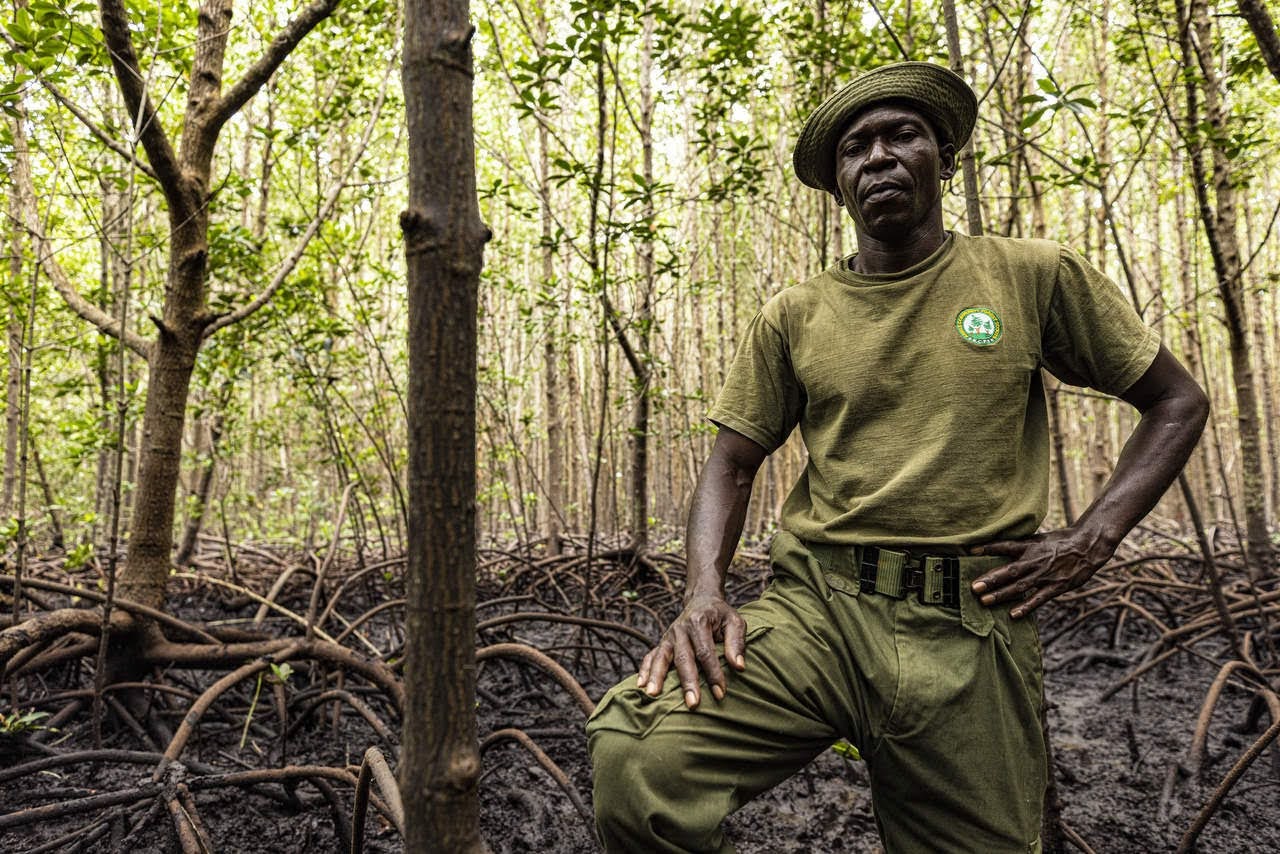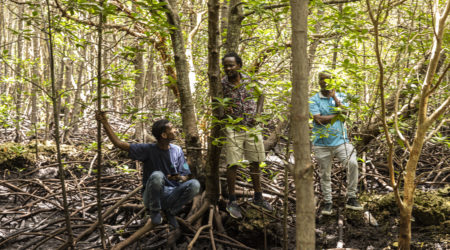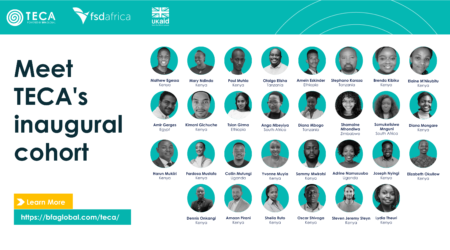Blue carbon: a climate game changer

To reduce global average temperature rise to well below 1.5 °C by 2030, current greenhouse gas emissions must be cut by 45 percent. Blue carbon ecosystems have the potential to absorb almost 1.4 billion tonnes of CO2 by 2050 – one-fifth of the emissions we need to cut. However, these ecosystems are getting depleted exponentially. Conserving and restoring blue carbon ecosystems has never been more important. When protected, these ecosystems sequester and store carbon. They are home to several species and provide livelihoods for the communities within. When degraded, they emit the carbon they have stored into the atmosphere and oceans and become sources of greenhouse gases.
Blue carbon refers to the carbon that is captured and stored in the world’s ocean and coastal ecosystems. Examples of coastal ecosystems include mangroves, tidal and salt marshes, and seagrasses, all very important in their ability to store large volumes of carbon within them and in the sediments below. These ecosystems can be found across six continents and cover over 13 million hectares. Globally, projects are being implemented to protect and restore blue carbon ecosystems for the value they provide in offsetting emissions. At TECA (Triggering Exponential Climate Action), a launcher for fintech ventures for climate resilience, we chose to focus our first wave on the blue economy to provide our fellows an opportunity to develop solutions for this ecosystem.
During our visit to the Kenyan Coast, the mangrove restoration sites captured the attention of our fellows because of their ecological importance and value as a socio-economic resource. Mangroves are key for our coastal ecosystems. They protect the shoreline from soil erosion, absorb large amounts of water during heavy rains preventing flooding, are a breeding ground for commercial fish and shellfish, and absorb a large amount of carbon. They capture 10 times more carbon dioxide than forests and store most of the carbon in their soil and sediment. If undisturbed, it stays there for millennia. Mangroves are a lifeline for local coastal communities as a source of livelihood and food. However, due to the growing population of communities whose livelihoods depend on the Blue Economy, mangroves have been subject to alarming levels of destruction in the last 50 years. Over 70% of the mangroves in Kenya have been lost or degraded due to the above reasons.
To further the understanding of the TECA fellows about mangroves conservation and blue carbon projects, we visited a number of sites. The most established site, Mikoko Pamoja is a community-led mangrove conservation and restoration project in Gazi Bay, the south coast of Kenya. The project is the first blue carbon credit program in the world, which works with local communities to restore mangroves and supports them through the sale of carbon credits. The project has enabled the community to engage in sustainable livelihood activities by supporting mangrove ecotourism, where a group of Gazi women run a boardwalk, food kiosk and sell artisan products.

Mikoko Pamoja is validated by Plan Vivo to sell at least 3,000 metric tons of CO2 equivalent per year over a 20-year period ending in 2033. The TECA fellows were able to walk through the mangrove forest and understand how the carbon storage capacity is determined using algometric equation and remote sensing and how degraded areas are restored and existing mangroves conserved. The technical team explained in detail the algometric equation used to get the total amount of carbon stored by measuring the diameter and height of the tree. Only carbon that is above the ground is measured.
The fellows also had the opportunity to understand some of the challenges of the mangrove conservation and restoration project.
- Getting community buy-in was difficult. It took a lot of education and trust building to get them on board.
- Illegal harvesting of mangroves for firewood, timber for construction, boat building, and medication.
- The volatility of the carbon market and changes in the price of carbon credits in the international market mostly plummet and reduce the annual revenue the project earns.
The TECA fellows visited two other sites, the Baraka Women’s Conservation Group and Gazi Women Mangrove Boardwalk, to learn about the other mangrove activities in the area. The Baraka Women Conservation Group is engaged in mariculture (rearing of marine fish) as a source of income. The women are also involved in raising mangrove tree seedlings for planting in degraded areas along the coastline and for sale.
The Gazi Women Mangrove Boardwalk is an ecotourism initiative managed by a group of Gazi women. The boardwalk extends for 500 meters, weaving through mangrove trees with a view of the ocean. In 2020, with support from Kenya Marine and Fisheries Research Institute, the community and other partners, the boardwalk wooden boards were replaced with more durable recycled plastic boards made from three tonnes of plastic waste collected among the mangroves in a bid to increase the lifespan of the boardwalk and recycle. The project was initiated to empower the Gazi women’s group to earn additional income. During our visit, we enjoyed the beautiful elevated views of the Indian Ocean, looked at the diverse mangrove species and enjoyed local delicacies prepared by the women. We thoroughly enjoyed the experience and concurred that there is still much to be done to improve the Boardwalk’s visibility as a top tourist destination.
With the growing climate crisis, blue carbon ecosystems will play an important role as nature-based solutions for countering climate change by sequestering carbon, aid in supporting local communities by providing them with an alternative source of income, and helping companies offset their greenhouse gas emissions.
Stay tuned! We’ll be sharing additional learnings on seaweed farming and small-scale fishing from our experiences in the field.
TECA’s mission is to launch 100 ventures by 2026 to bolster the climate resilience of vulnerable communities and the planet, leveraging fintech and other enabling technologies.



